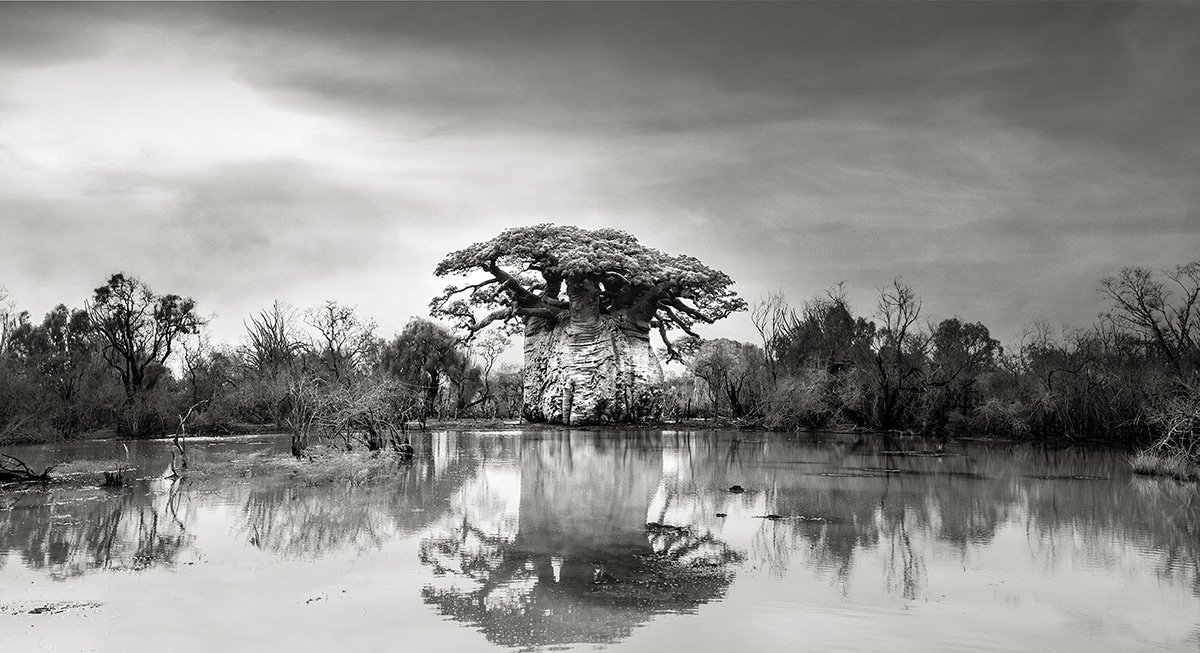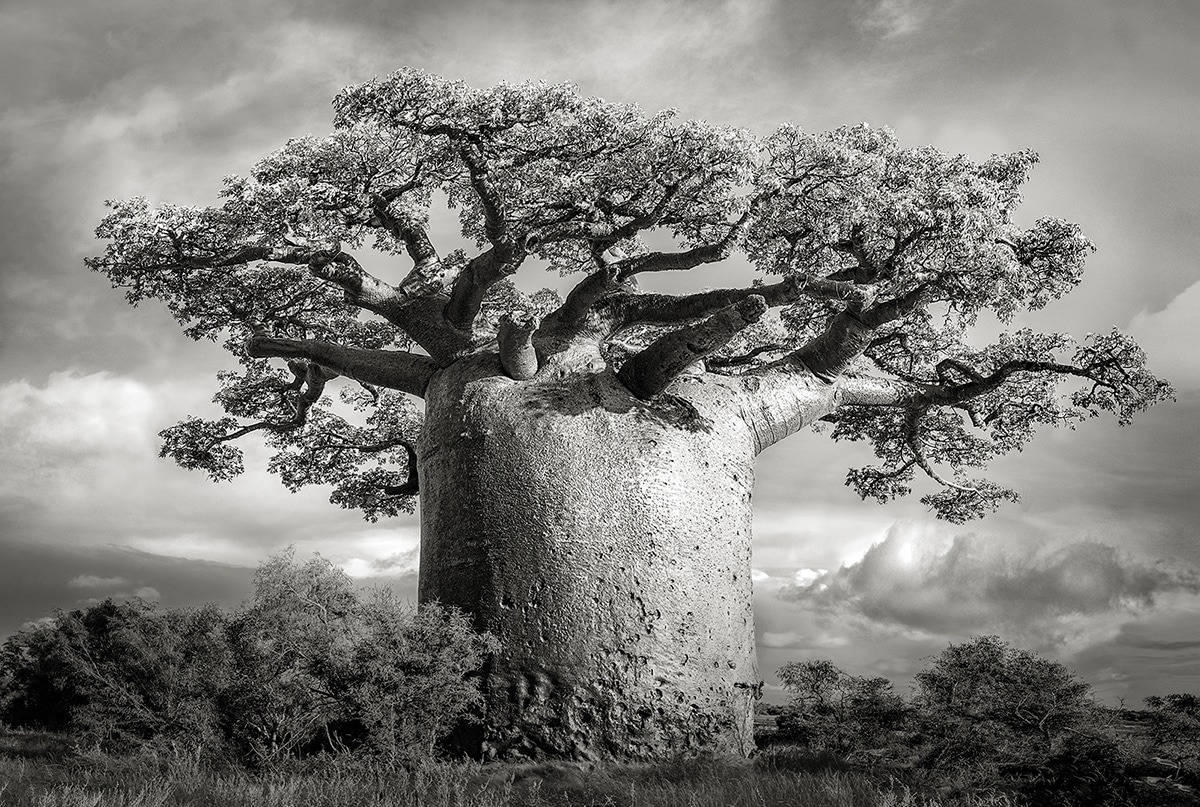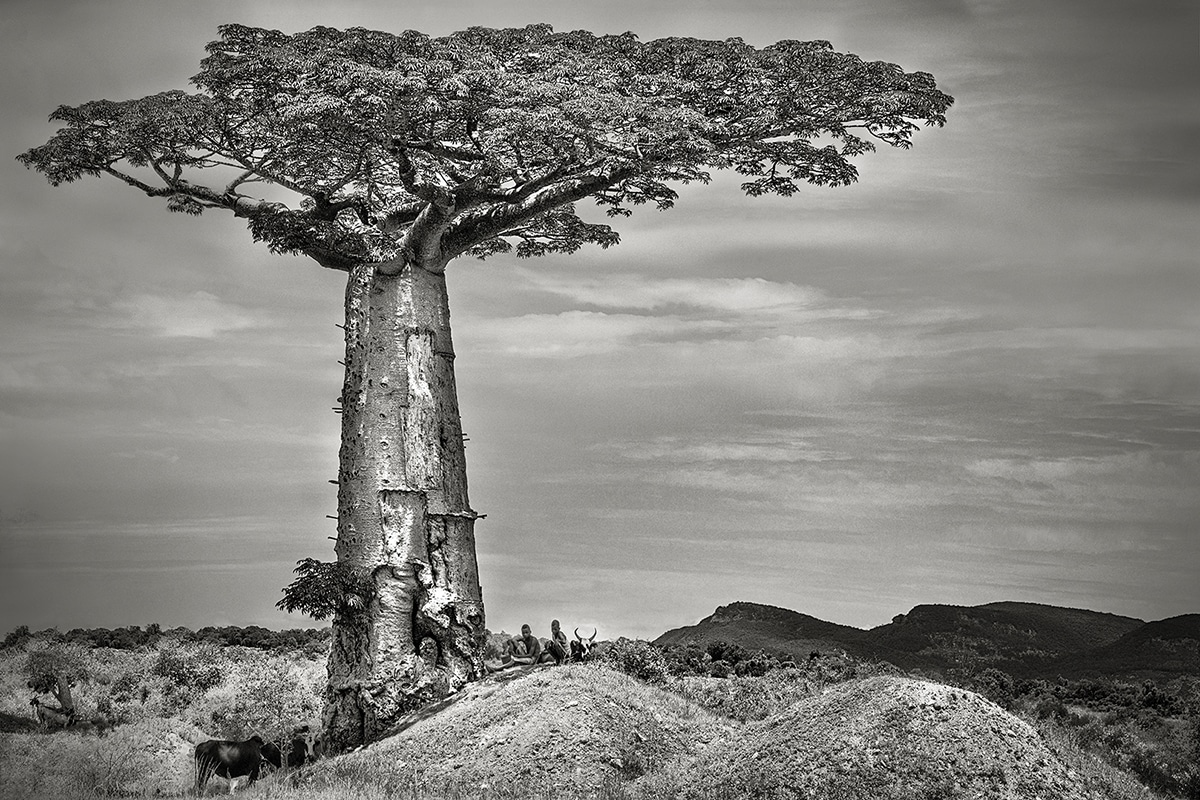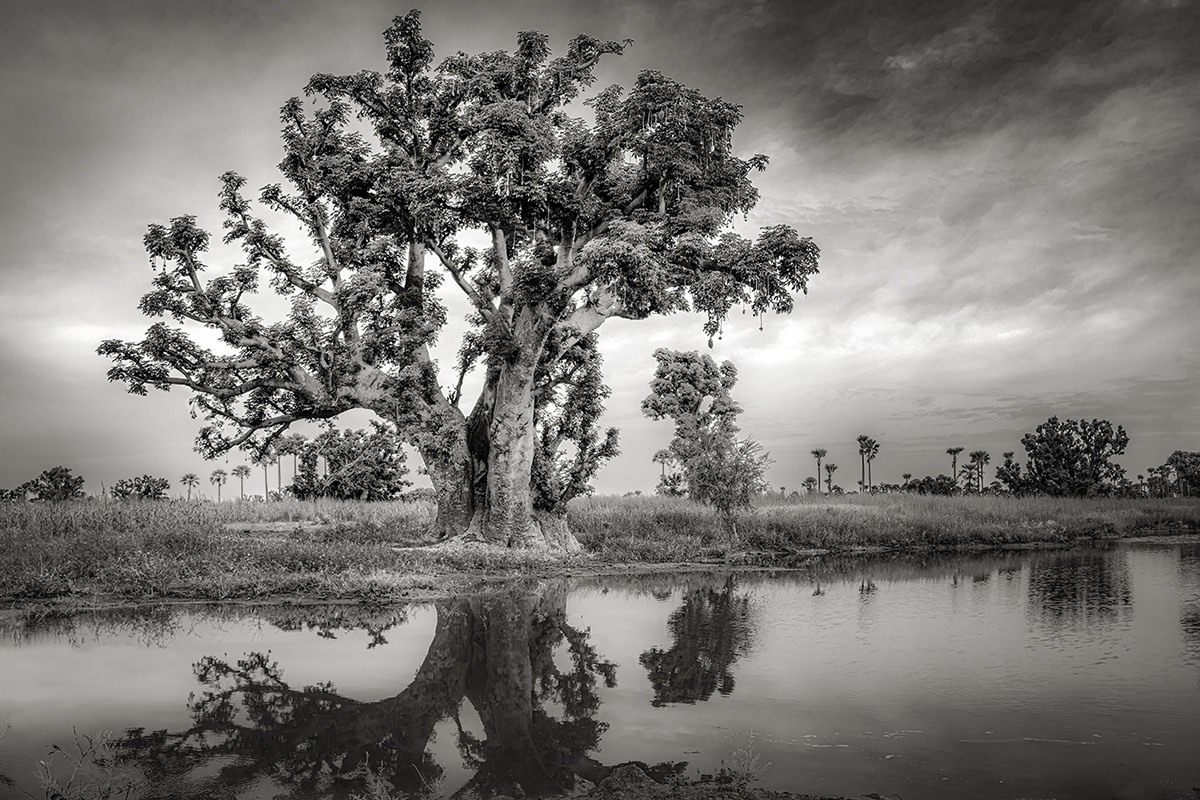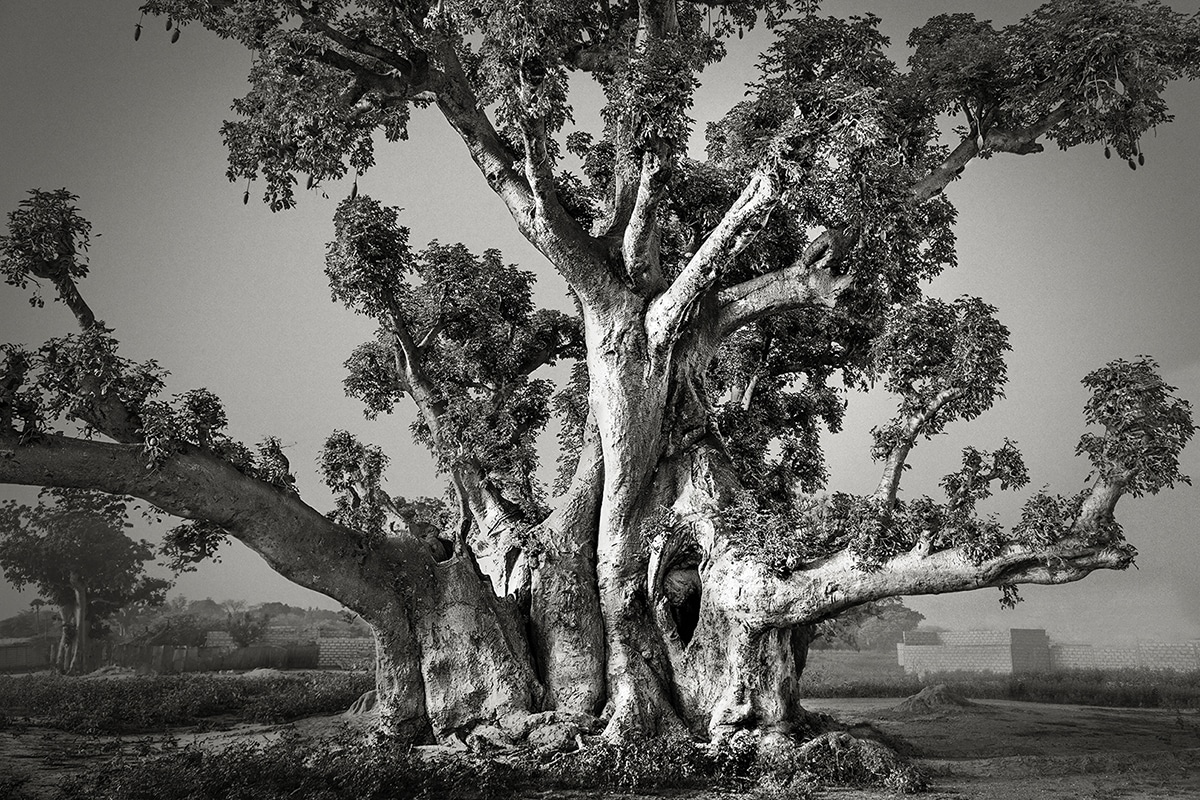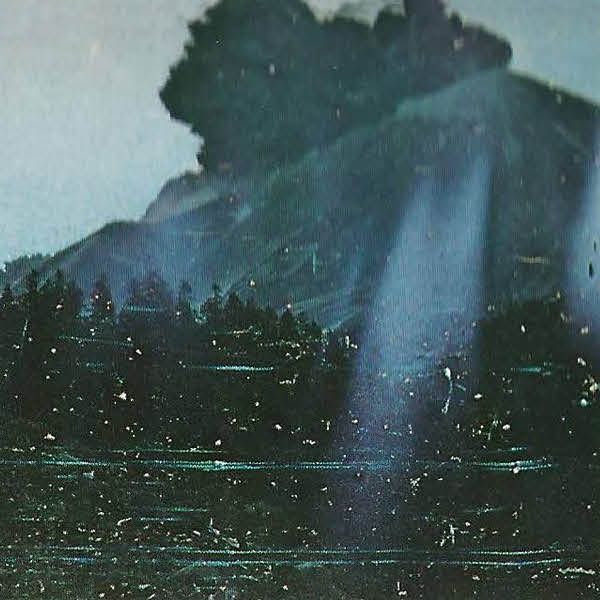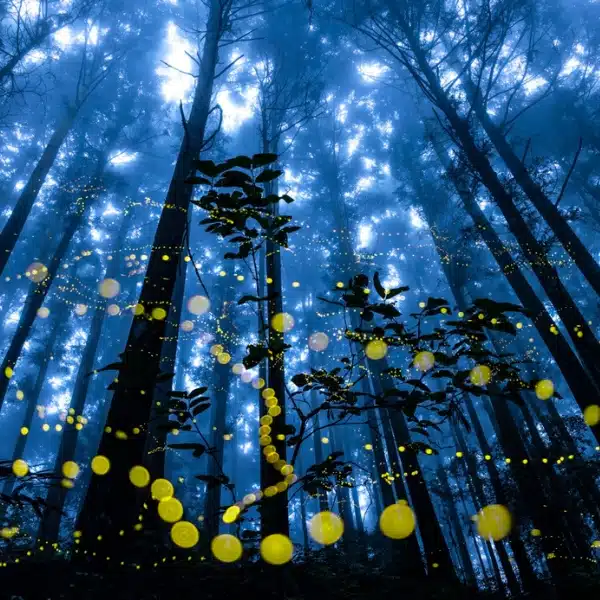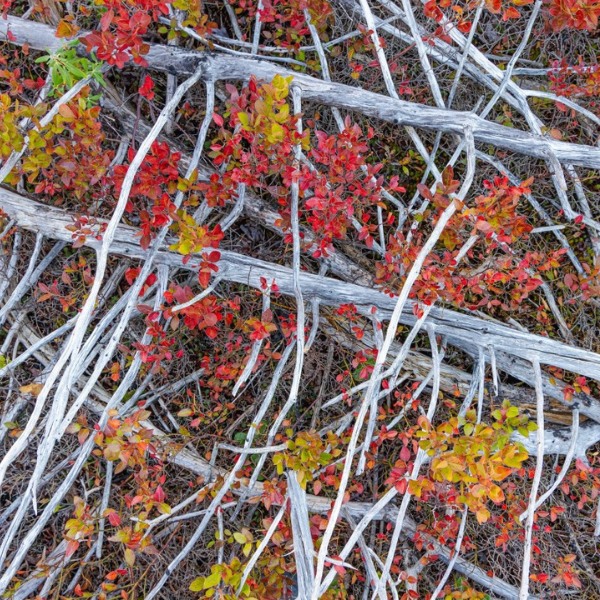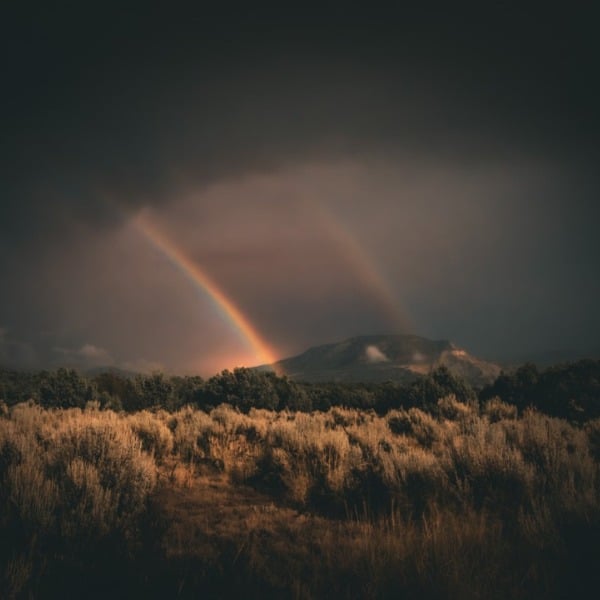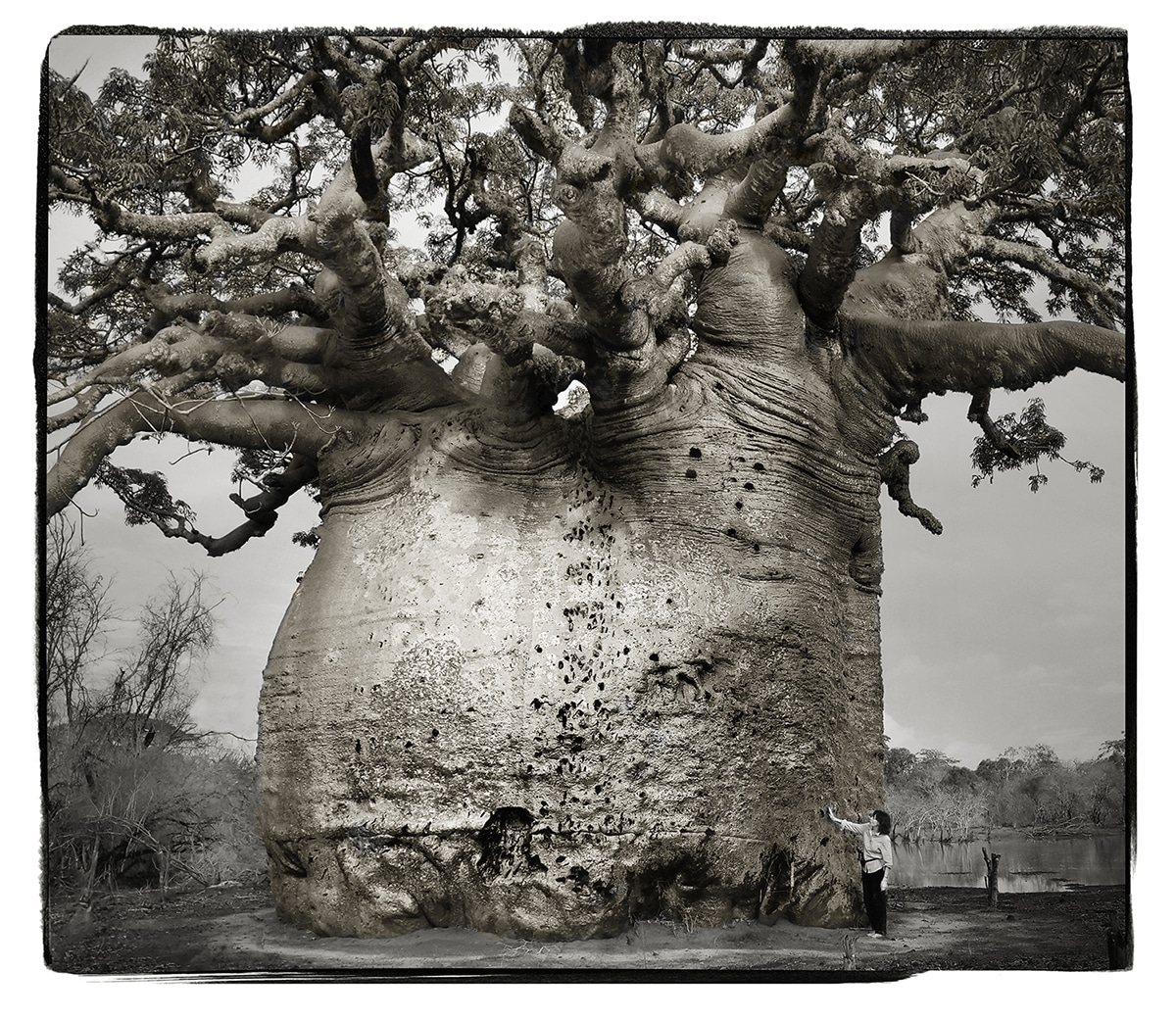
Trees literally stand the test of time. The oldest tree in the world is a bristlecone pine at 5,062 years old. Climate change, however, is threatening the world's ancient trees and wreaking devastation among certain populations. California-based photographer Beth Moon has photographed ancient trees around the globe since 2006. Her stunning black-and-white images of the ancient baobab trees of Madagascar, Senegal, and South Africa are a tribute to the endangered giants.
The baobab trees of the African continent can live over 1,500 years—one was been documented living to 2,500 years old. The trees bear fruit and provide useful bark material (which regenerates) for communities. They are famous for appearing “upside down,” with widespread branches and roots. The trunks are exceptionally wide, reaching diameters of up to 46 feet.
Moon has been photographing trees, such as the baobab, for over a decade. She searches for ancient trees around the world as a way of getting outside with her camera. Her previous series Ancient Trees and Island of the Dragon's Blood are just a few examples of her work and cover species also including sequoias and yews.
In 2018, Moon heard some shocking news. A 1,400-year-old baobab named Tsitakakoike had collapsed in upon itself. Like other members of its species, the tree has been struggling in drought conditions and the ravages of climate change. Their expansive root network cannot grab the dry ground to support their weight. Losing an ancient tree is a loss to the community, and it hit Moon hard as well.
“The first baobabs that I photographed were in Madagascar in 2006,” Moon tells My Modern Met. “It is hard not to fall under the spell of these wildly eccentric, gigantic trees. In the next few years, I photographed baobabs in Botswana and South Africa. These photographs were part of the tree portraits for the Portraits of Time series. In 2018 I began to see disturbing global headlines… When the scientist that I have been in touch with wrote to tell me that the largest sacred baobab was dying I decided to go back to Madagascar. In the past 12 years nine of the 13 oldest, and five of the six largest baobabs have died. Not only is this disastrous decline unexpected but it is statistically very unlikely. Taking additional trips to Africa, I decided to make this the focus of new work.”
Snapping pictures the ancient beings was not easy. “Photographing these trees was especially challenging, in most part due to their sheer size,” Moon says. “The views are just too wide to be captured in just one exposure. Often overlapping multiple shots were taken and then stitched together. My journey to the tree was filled with obstacles. Due to weather conditions, I was forced to take alternative paths into the forest, but this led to the discovery of trees I hadn’t seen before.”
The effort, however, is worth it. “In the presence of old trees, I am reminded there is still grace and beauty in the world. These thoughts lead me past grief into hopefulness. By honoring the trees that remain, we celebrate the joy and splendor of our natural world.”
Photographer Beth Moon has traveled the world to photograph ancient trees—including the baobab trees of Africa.
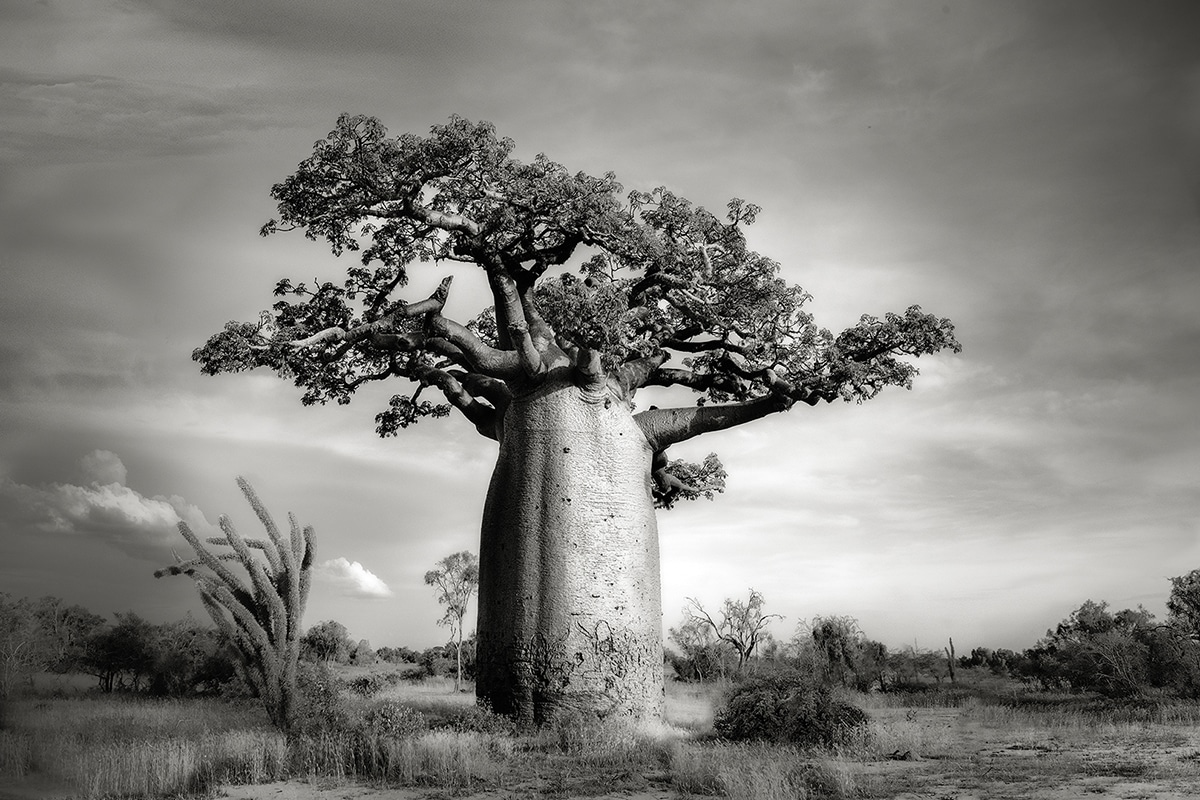
The trees can live well over 1,500 years old.
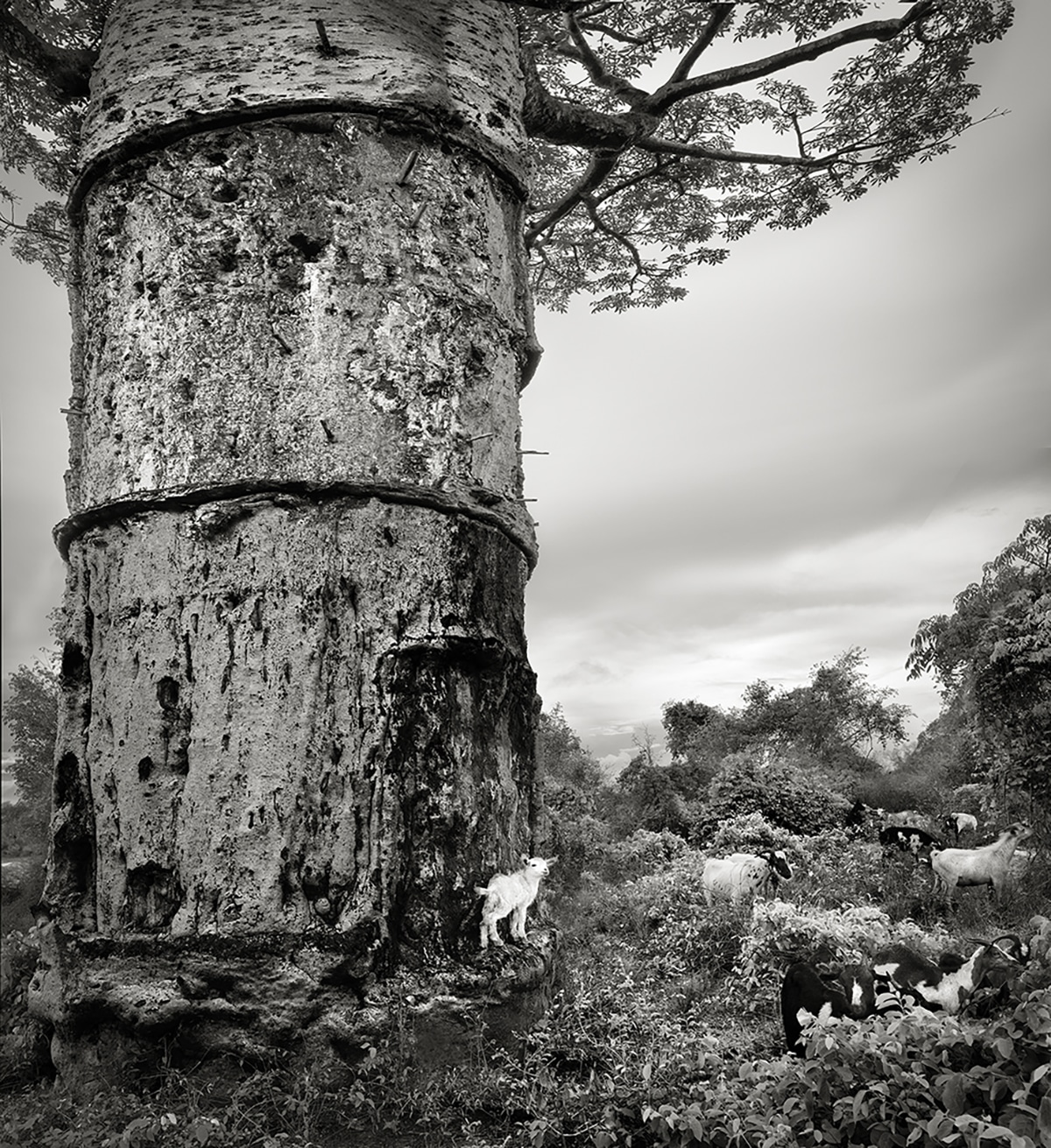
Their trunks can be 45 feet in diameter.
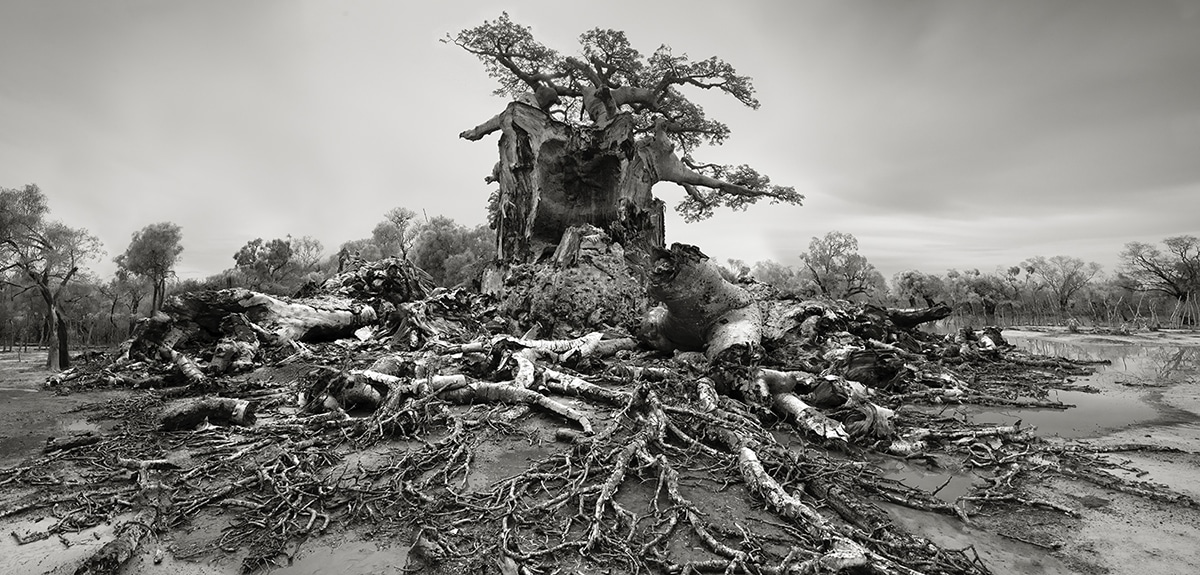
Climate change is endangering the ancient trees through drought.
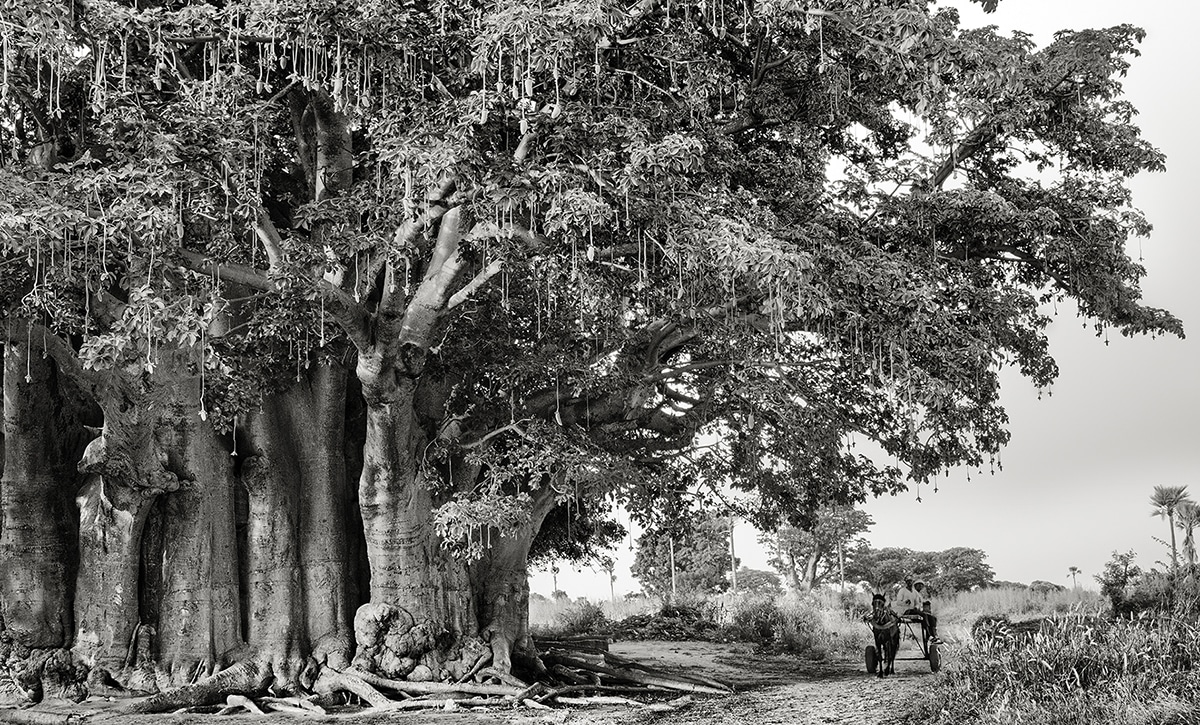
Moon's stunning images capture the beauty—and fragility—of the species.
